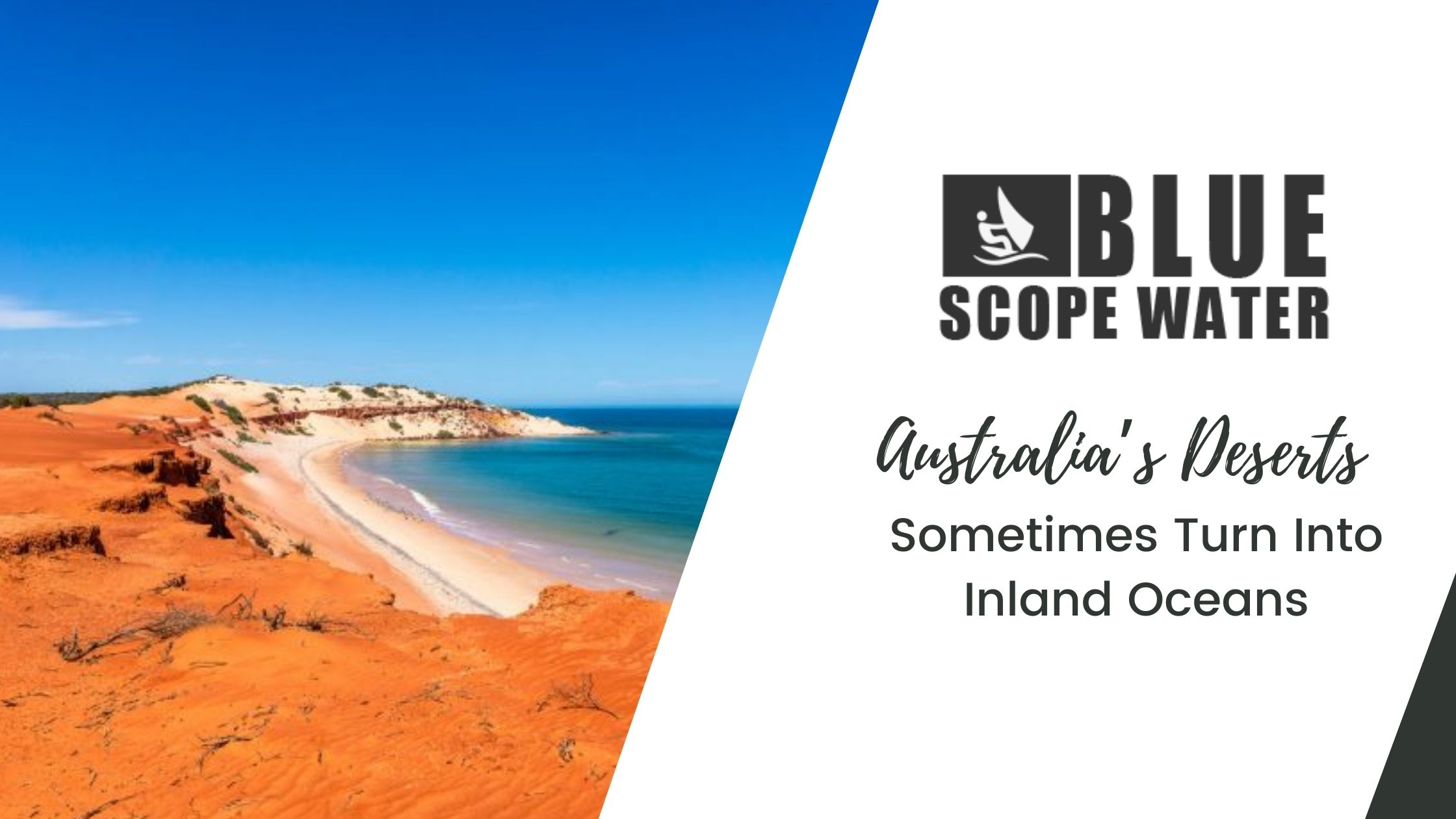An intriguing history of Australia’s deserts sometimes turn into inland oceans can be found within the desert environment of Australia’s Red Centre. Imagine carting a whaleboat more than 3500 kilometers overland in search of a mythical ocean with no roads or maps to guide you.
British Explorer Charles Sturt
This is exactly what the British explorer, Charles Sturt, attempted almost two hundred years ago. In a time when there was no aeronautical equipment or satellites available and the only way to map out, the continent was by land or sea.
Convinced there was a large inland ocean to find, Sturt embarked on a journey from Adelaide in 1844 with a team of 17 men, 11 horses, 30 bullocks, and 200 sheep. Not quite Noah’s Ark but enough to set a steady, slow pace where death and disease soon followed.
Almost a year later, overcome by the effects of dehydration and malnutrition, the team decided to return to South Australia. They arrived back in January 1846. Unknowingly, Sturt was within 240 kilometers of Australia’s central region when he decided to turn around.
Central Australia’s Inland Sea
So, was this a fool’s mission? Sturt’s grand idea of an inland ocean wasn’t that farfetched. Ironically, he had the location right but was about 120 million years too late. During the Cretaceous period 144 to 65 million years ago a great inland sea stretched over one-quarter of the country, inhabited by large underwater creatures and brimming with sea life.
The water dried up long before humans came to Australia but many clues of the ancient sea bed have been left behind. Today we find a very different environment known as the Red Centre where two of Australia’s most iconic landmarks can be found – Uluru and Kata Tjuta.
Australia’s Simpson Desert
Waves in central Australia’s Simpson Desert usually come in the form of dunes. The ripple in long vertical lines across the surface of the desert. But occasionally, summer rain from northern Australia flows down into the desert, filling dry river channels and empty lake beds. The Simpson desert is known as a hot and very dry landscape occasionally, the water reaches a vast lake bed called Lake Eyre, turning it into a shallow inland sea where birds flock to breed.
In early 2009, heavy rains brought major flooding to nearly every river system in Queensland, Australia. By May, the water had made its way south and had started to fill Lake Eyre. A natural-color view of water pouring into the lake through one of many channels that drain the desert during the rainy season. The muddy brown water spreads into the lake in a triangular delta.
The digital marketing of Australia’s travel industry provides a view of normal conditions in the desert. The landscape has been carved by the occasional flow of water across the surface. Even in dry conditions, the river channel and the delta are imprinted on the land. As water flows through Lake Eyre and the surrounding river channels, lakes, and lagoons, the desert is transformed. Wildflowers flourish, and the lake becomes a breeding ground for thousands of birds, such as pelicans. As many as 60,000 birds had been observed in the Lake Eyre region as of May 17, 2009, reported the Australian Broadcasting Corporation.
Final Thoughts
If you’re thinking of visiting this magnificent region, luckily there are now much easier ways to explore the wonders of the Australian outback. Find out for yourself what drew explorers such as Australia’s deserts sometimes turn into inland oceans and learn about some of the stories in a place many thought could never be reached or inhabited.
